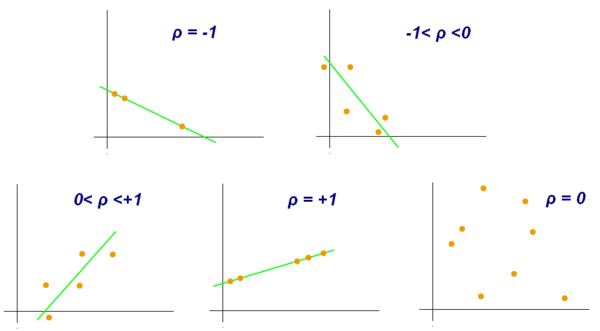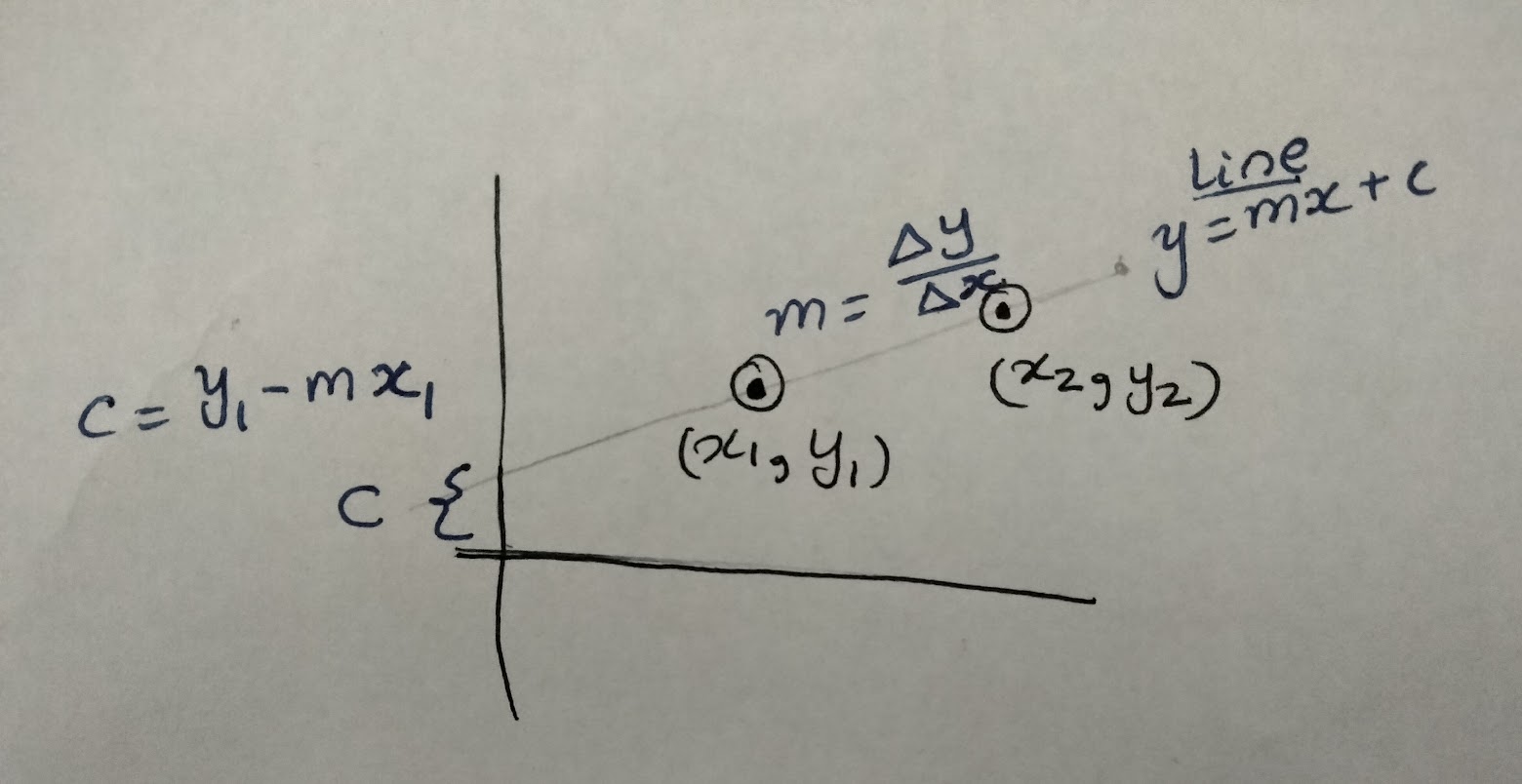Call:
lm(formula = y1 ~ x1, data = anscombe)
Coefficients:
(Intercept) x1
3.0001 0.5001 lecture 20: Linear regression
2024-02-28
Today’s class
Understanding (linear) relationships between 2 or more dimensions of data
Correlation
Linear regression
Linear regression is also useful for prediction of
y(dependent variable) for new values ofx(independent variable)Using the
lm(y ~ x, data = ?)function in RInterpreting the results : Coefficients, goodness of fit, p-values
Correlation vs linear regression

Correlation coefficient (\(\rho\)) quantifies the linearity of y ~ x (Pearson)
Spearman’s rank correlation coefficient quantifies the monotonicity (y increases when x increases)
Linear regression quantifies the slope of the linearity as well as the degree of fit (\(R^2\))
Many flavours of linear regression
Simple linear regression : \(y = \alpha + \beta x + \eta(0, \sigma)\)
Multiple linear regression: \(y = \alpha + \beta_1 x_1 + \beta_2 x_2 + ..+ \eta(0, \sigma)\)
- regressor is non-linear, ex: polynomial regression: \(y = \alpha + \beta_1 x_1 + \beta_2 x_1^2 + ..+ \eta(0, \sigma)\)
Multivariate .. : multiple y values that are correlated (not statistically independent)
Fitting a straight line perfectly
Fitting a straight line between any 2 points should be easy

But we have noise in y, that makes this task not as straightforward
Fitting a straight line with noise
Need R to fit this numerically, using this algorithm; in R.
geom_smooth(method = 'lm') does this in the background and plots the result!

Doing linear regression in R
Interpreting results of lm()
Coefficients, t-tests & goodness of fit metrics
For each coefficient, the p-values are for t-tests with null hypotheses that coefficient = 0
Call:
lm(formula = y1 ~ x1, data = anscombe)
Residuals:
Min 1Q Median 3Q Max
-1.92127 -0.45577 -0.04136 0.70941 1.83882
Coefficients:
Estimate Std. Error t value Pr(>|t|)
(Intercept) 3.0001 1.1247 2.667 0.02573 *
x1 0.5001 0.1179 4.241 0.00217 **
---
Signif. codes: 0 '***' 0.001 '**' 0.01 '*' 0.05 '.' 0.1 ' ' 1
Residual standard error: 1.237 on 9 degrees of freedom
Multiple R-squared: 0.6665, Adjusted R-squared: 0.6295
F-statistic: 17.99 on 1 and 9 DF, p-value: 0.00217How far are the data from fitted line?
Residuals are used to see how far data is from the fitted line
QC : residuals should be normally distributed (assumption of the linear regression equation!)
Residual = observed - predicted value = \(Y_i - Y^f_i\)

Goodness of fit metrics
Aggregate distance of data from regression line measured by S = Std error of regression / Residual standard error = stdev(residuals)
- Better metric. Comparable across linear and non-linear regressions!
\(R^2\) = % of y variance that the model explains
Let’s try these out in the worksheet
worksheet : class20-solution_linear_regression.qmd
We will follow this guide to try lm() on the mtcars data